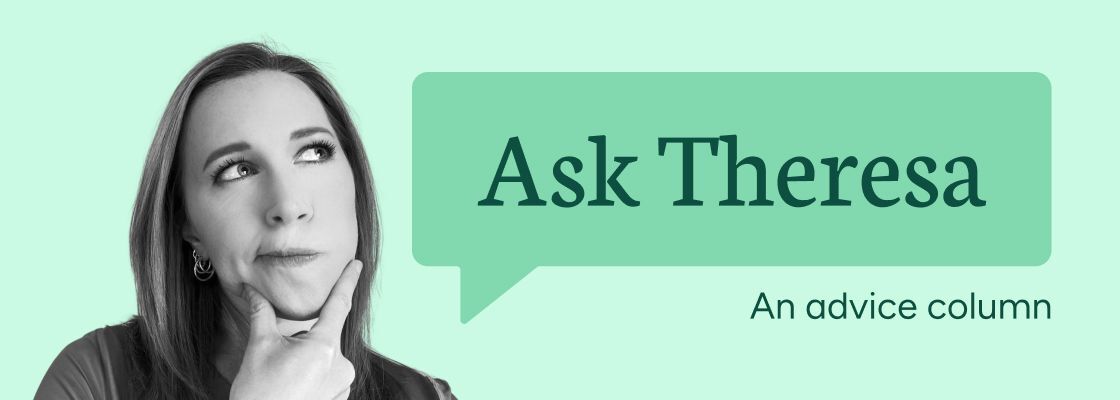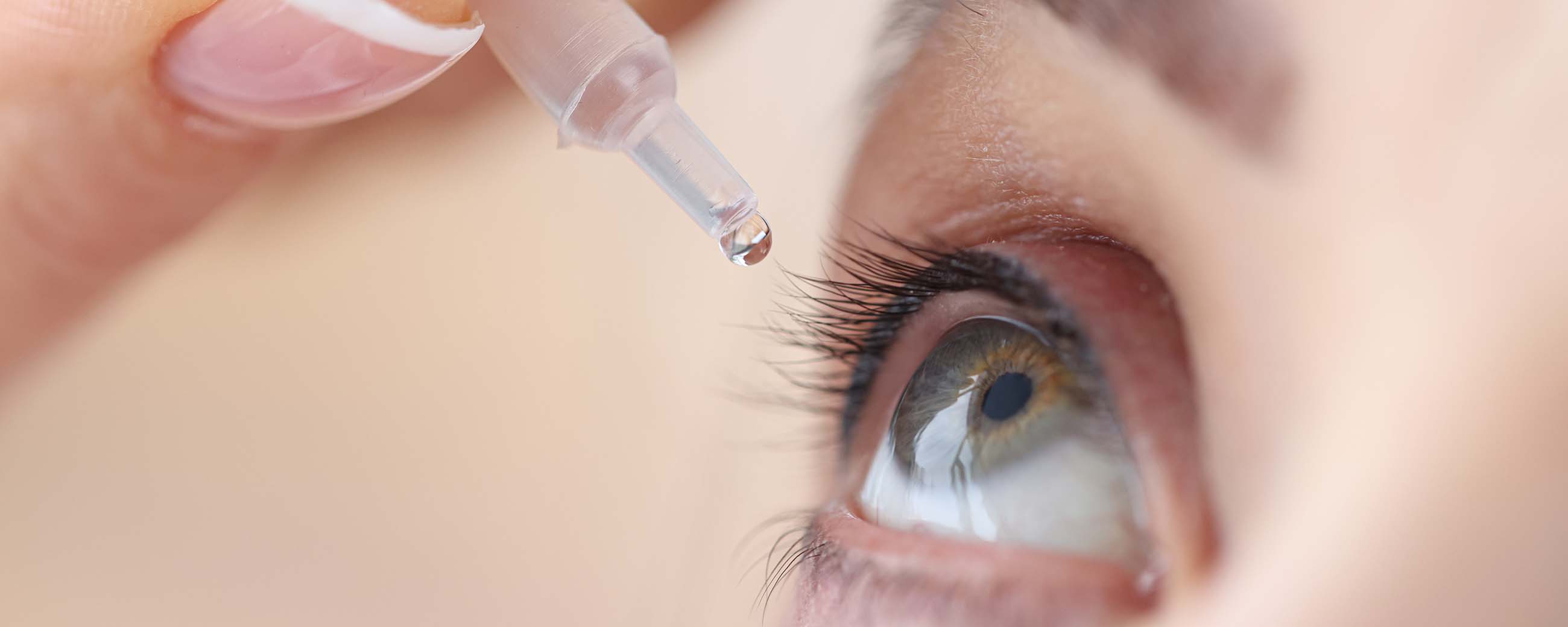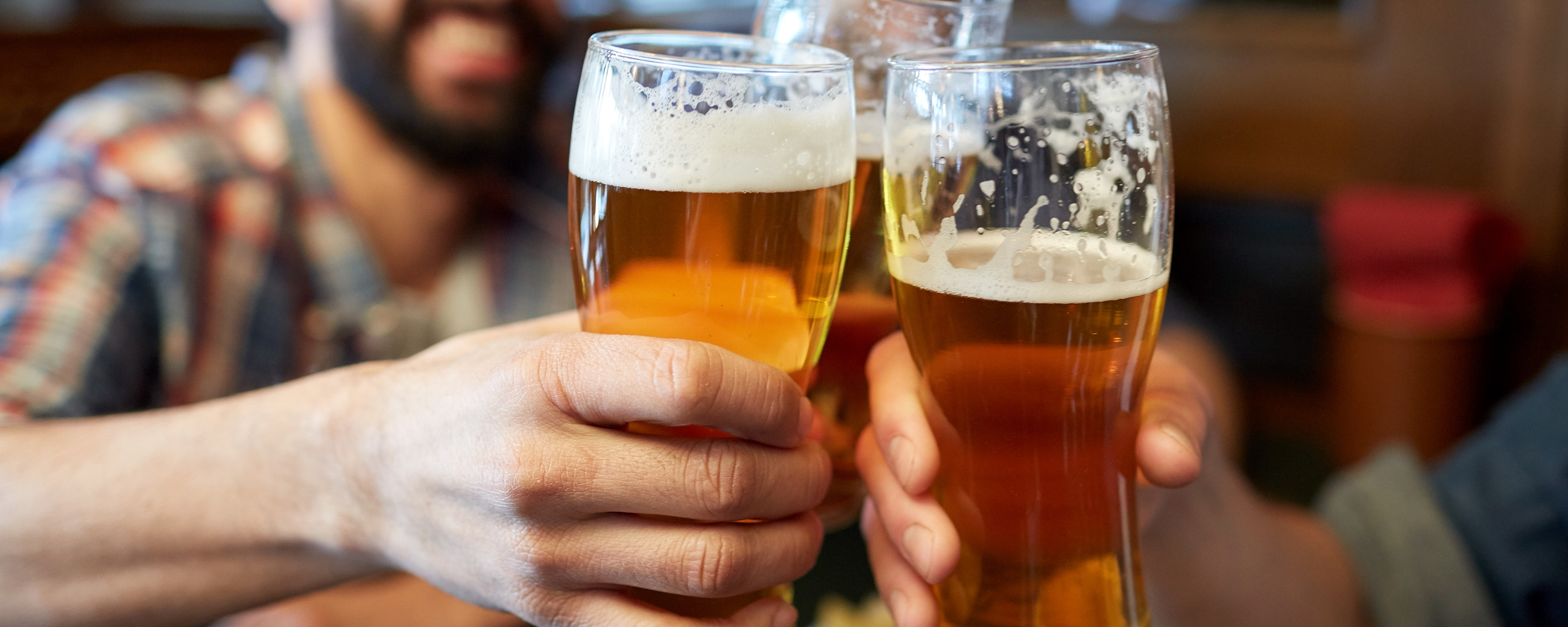
Keto Headache: What It Feels Like & How to Stop It

Larry still plays a numbers game in his head when he goes out to eat: “How many carbs am I taking in? How much insulin do I need to take?” he asks himself.
“I went to an American Diabetes Association meeting and started a low-fat diet, and I starved on that diet,” Larry says.
Larry doesn’t actually have to do mental math anymore — and he certainly doesn’t starve anymore. He switched to an eating plan with Virta: a well-formulated ketogenic diet. The keto diet can be personalized and sustainable, allowingLarry to lose weight and enjoy delicious foods like steak and veggies with butter.
However, you may experience a keto headache as your body adjusts to a new diet. What does a keto headache feel like? Being prepared and understanding how to get rid of a keto headache lets you feel in control of your health as you adjust your diet.
What does a keto headache feel like?
People will describe and experience a keto headache differently. For some, a keto headache may include faint, throbbing pain around the temples. Others may feel piercing or stabbing pangs or a heaviness in the head. For most, it’s a dull ache in the middle of the forehead.
A keto headache can be one of many symptoms you experience that contribute to what’s known as the keto flu. Other keto flu symptoms can include:
- Lightheadedness
- Tiredness
- Muscle fatigue
- Dry mouth
- Dehydration
What causes keto headaches?
You can experience keto headaches when you switch to a low-carb diet, causing your body to start burning fat instead of carbs. This puts you into what is known as ketosis, the state where your body produces ketones as an energy source instead of glucose from carbs. It takes a few weeks for the body to fully adapt to using ketones for fuel instead of glucose. Long-term, the keto diet can help you manage your diabetes. However, low-carb diets can initially be a (literal) headache for several reasons.
Low blood sugar
Since the body turns carbs into glucose, your blood sugar naturally decreases when you eat fewer carbs. Lower blood sugar is a goal of the keto diet when you have type 2 diabetes. However, it can widen blood vessels, potentially triggering aketo headache. Calorie restriction can decrease blood sugar, so skipping or delaying meals can also contribute to head pains.
Other symptoms of headaches associated with low blood sugar include:
- Irritability
- Hunger
- Dizziness
Dehydration
As your body enters what’s known as keto adaptation, you’ll urinate more to eliminate excess ketones and glycogen (stored carbs). You’ll also lose electrolytes during this process, which can lead to dehydration.
Research notes that dehydration triggers or worsens headaches. It can shrink the brain, pull it away from the skull, and put pressure on the nerves. Make sure to stay well hydrated to potentially combat this effect.
Stress
People with diabetes are more likely to experience depression, anxiety, and stress in the first place. Reducing calories can also act as a temporary stressor. Some research suggests that calorie restriction can trigger an increase in the stress hormone cortisol. High levels of cortisol can contribute to headaches.
Poor sleep
Some data indicates that high-carb diets can help a person sleep better, though other studies suggest that keto diets can improve sleep quality. Either way, a keto diet can temporarily disrupt your sleep. And, it can be cyclical: Sleep issues can prompt headaches (which prompt more sleep issues), a study indicates.
How to stop a keto headache
Keto headaches should be temporary. However, you don’t have to grin and bear it, counting the days until your body adjusts. These tips for how to stop a keto headache can help you reduce and eliminate pain and even prevent one from happening.
- Drink plenty of fluids. Your precise hydration needs vary based on activity level, climate, and other factors. Tune into your body or work with a professional to determine yours.
- Eat hydrating foods. Water-based foods, like cucumbers, lettuce, and berries, can add to your daily fluid intake. However, be sure to count the carbs in berries in order to stay in ketosis.
- Consume electrolyte-rich foods and drinks. You’ll want to replenish the sodium, potassium, and magnesium lost when you pee. Think avocados (potassium) and leafy greens (magnesium). Salting your food increases sodium intake, and you can also buy premixed electrolyte drinks designed for the keto diet.
- Eat regularly. Skipping or delaying meals can worsen low blood sugar and contribute to keto headaches. Be sure you’re consistently eating nourishing foods.
- Limit diuretics. Drinks like coffee and alcohol make you pee more, increasing dehydration odds.
- Avoid intense exercise. Exercise is part of a healthy lifestyle, but the early days on a keto diet aren’t the best for high intensity workouts. Your body may not have the glycogen it needs to perform (but longer term, research suggests a keto diet improves your performance).
- Journal. Keep track of your food intake and how you feel after. Eventually, you’ll notice patterns and can customize your approach.
- Seek support. If you have questions or struggle to adapt to the new diet, seek support from your care team.
The Takeaway
Keto headaches can occur when the body adjusts to lower carb intakes and enters ketosis. Low blood sugar, dehydration, stress, and sleep disruptions are potential causes of a keto headache. A keto headache is temporary but uncomfortable. You can reduce or eliminate pain by consuming a nourishing diet and advocating for customized care.
At Virta, we prioritize the most important piece of the formula in a well-formulated keto diet: you. If you are diagnosed with type 2 diabetes and want support to live your body’s version of a healthier lifestyle, Virta Health may be able to help. By making healthy lifestyle pivots in a medical setting with empathetic support like 1:1 virtual coaching, you can regain agency over your health and feel like yourself again. See if you’re eligible for Virta Health here.
This blog is intended for informational purposes only and is not meant to be a substitute for professional medical advice, diagnosis, or treatment. Always seek the advice of your physician or other qualified health provider with any questions you may have regarding a medical condition or any advice relating to your health. View full disclaimer
Are you living with type 2 diabetes, prediabetes, or unwanted weight?








